Action cameras are unlike any other kind of camera. They’re designed to be attached to helmets, surfboards, cars and other objects, and they’re small, tough and simple to operate, with a lens that captures the world in high-definition video and in a wide-angle fish-eye perspective.
Their small size and dramatic POV (‘point of view’) footage has made them popular with extreme sports participants, who capture their adventures by attaching cameras to themselves or their equipment. They’re also used by TV production companies where using a regular video camera would be impossible.
GoPro is the market leader with its iconic box-shaped Hero cameras, but action cams also come in a ‘bullet’ style, like the iON Air Pro. There’s lots of choice now, and you shouldn’t just buy on brand – think about what you want from an action camera and how you plan to use it.
If you’re helmet-mounting, then a bullet cam will probably be the best choice. For a chest mount a box design will be more stable. And when it comes to features, do you really need Wi-Fi, 4K, GPS or even a screen? These all bump up the price, and while they are invaluable in some situations, you can still get great footage without them.
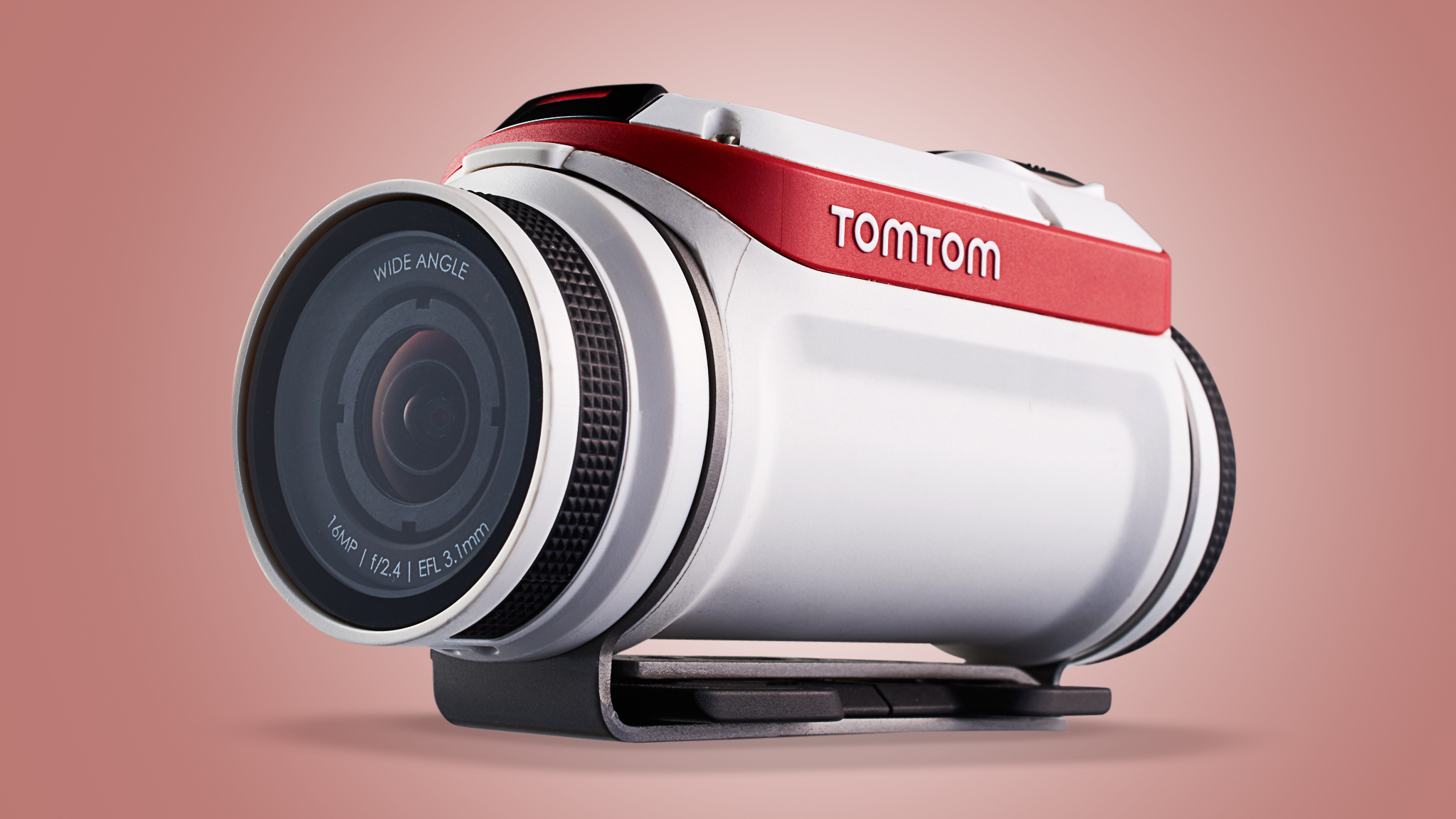
Bullet shape cams might have fallen out of fashion recently thanks to GoPro and its box-shaped cameras, but the TomTom Bandit bucks the trend. In fact, the Bandit packs features that other manufacturers will need to follow if they’re to keep up with this newcomer. Taking years of GPS experience, TomTom has built in a series of sensors that not only record location but speed and G-force too, so that when these sensors pick up that something exciting has happened they automatically tag the footage. Back in the pub and with the app open and connected, a quick shake of your phone and the app will automatically edit your footage ready for upload. It really couldn’t be easier.
Read the full review: TomTom Bandit
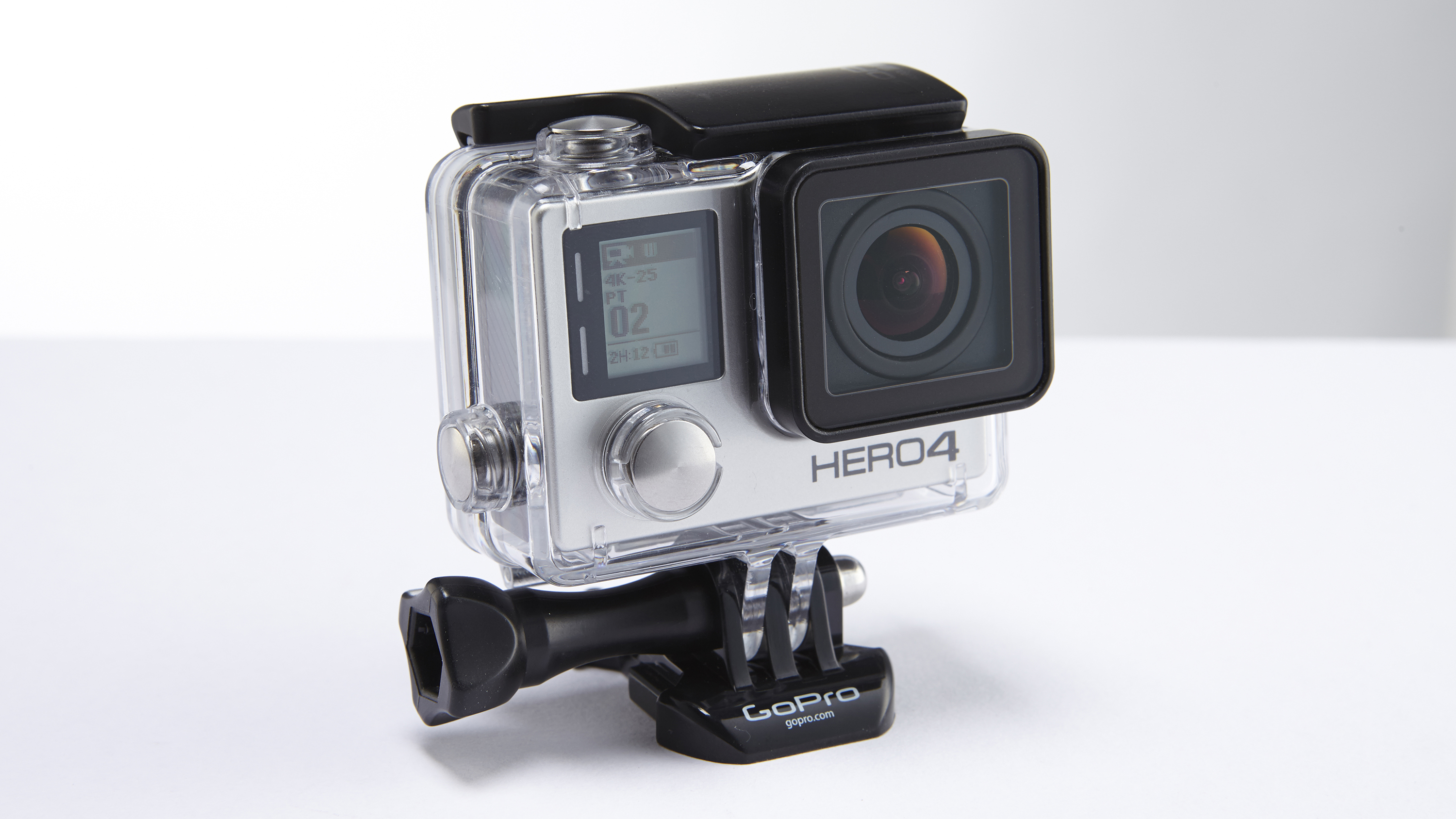
We really rate the TomTom Bandit, but the GoPro Hero4 Black is a close second. It’s the company’s flagship model, featuring a wealth of video options and accessories that help to ensure the model and brand’s popularity. These options include 4K video or slow motion full HD video at 120 frames per second, alongside a range of 1080p full HD frame rates. This makes it a great choice for professional videographers as well as home users who want flexibility over the video quality and resolution settings. If however you just want a camera that captures the action then the the GoPro Hero4 Black may just be overkill.
Read the full review: GoPro Hero 4 Black
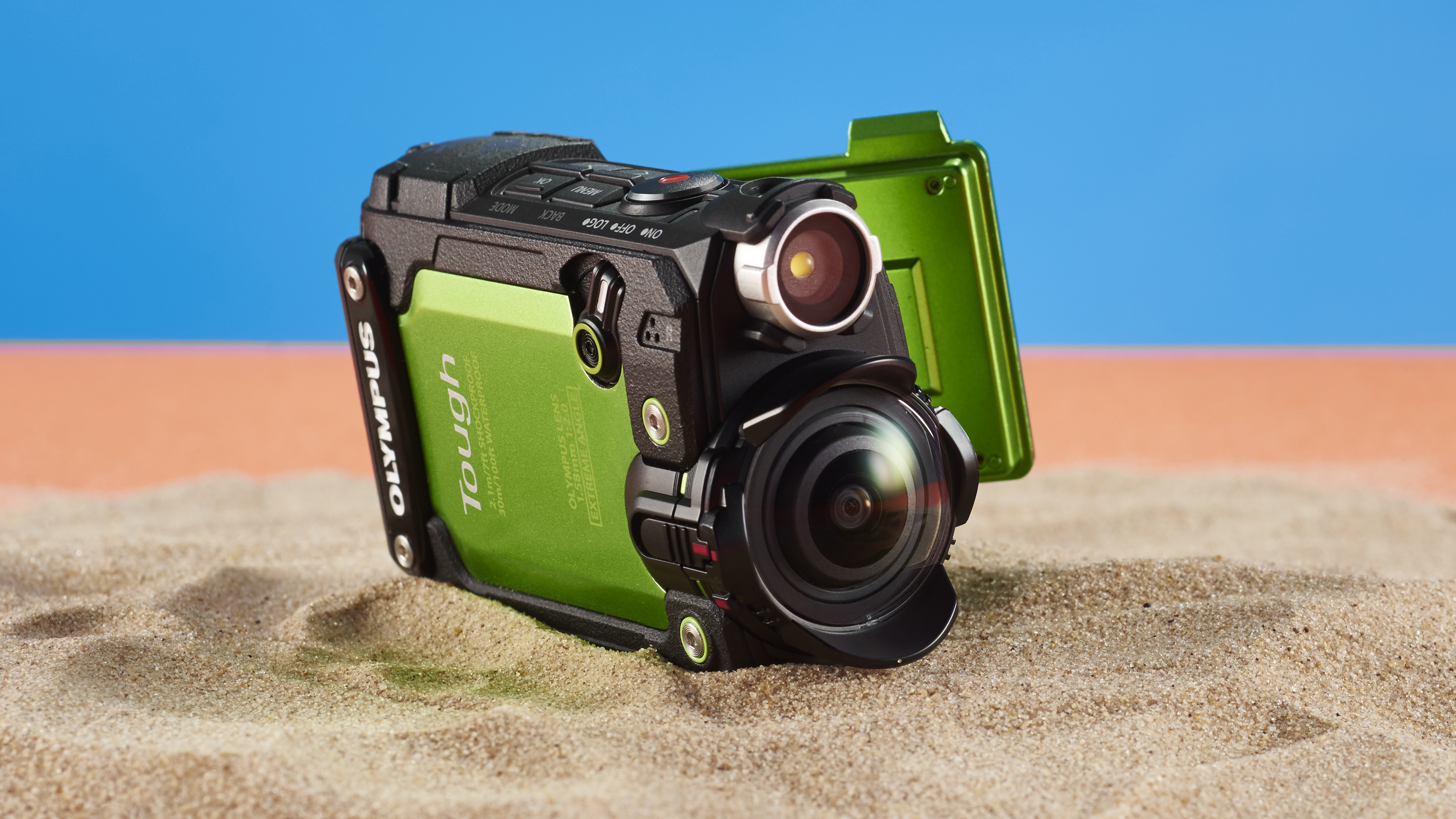
The TG-Tracker’s futuristic design is hard to miss with an ultra wide 204 degree lens fronting a 1/2.3-inch CMOS sensor. Headline video resolutions include 4k at 30fps, 1080p at 60fps and an impressive 240fps at 720p for slow motion capture. This is an action camera ready for anything and even features a small LED video light built in. Sensors are the big news for the Tracker with GPS, compass, acceleration sensors plus a barometer and thermometer all capturing data from inside the compact case. The intel from these can all be displayed when viewing back the footage or in the video edit so you can show just how extreme you are. What’s more, it’s waterproof to 30m, features built in stabilization and can withstand temperatures down to -10C.
Read the full review: Olympus TG-Tracker
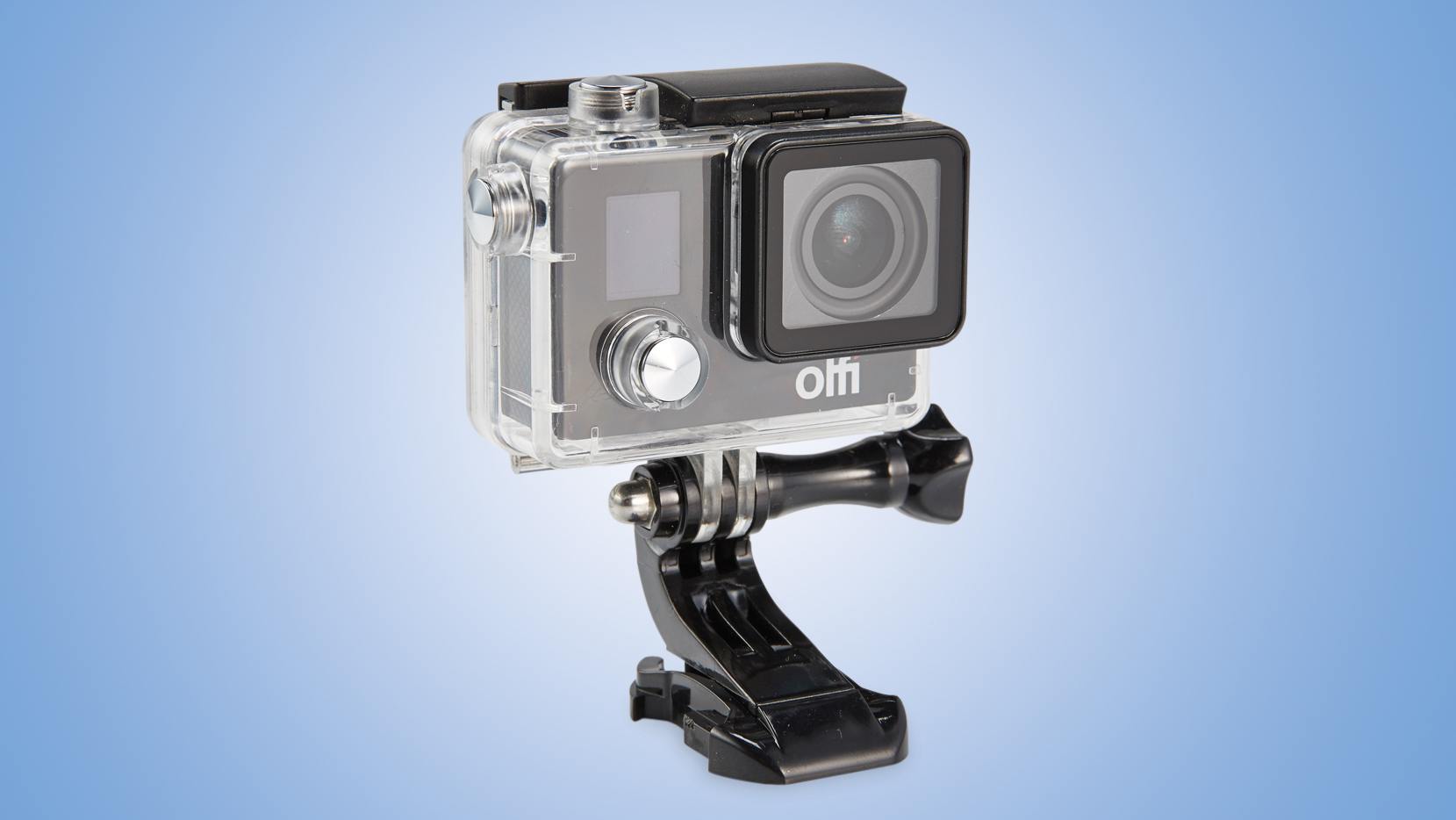
The Olfi action camera has landed and at over half the price of the GoPro Hero4 Black it’s set to be a serious rival. Originating from Wales the Olfi sets it self apart from most other action cameras, with a solid feel both in and out of its housing. The team behind Olfi are passionate about action cameras and have created the Olfi to reflect what they wanted from a camera of this type at a decent price. The Olfi offers plenty of video options, from 4K to 720p at an impressive 120fps – ideal for capturing the action in slow motion. Add in Wi-Fi, stabilisation and HDR options, and at this price the Olfi is the ultimate all-rounder
Read the full review: Olfi
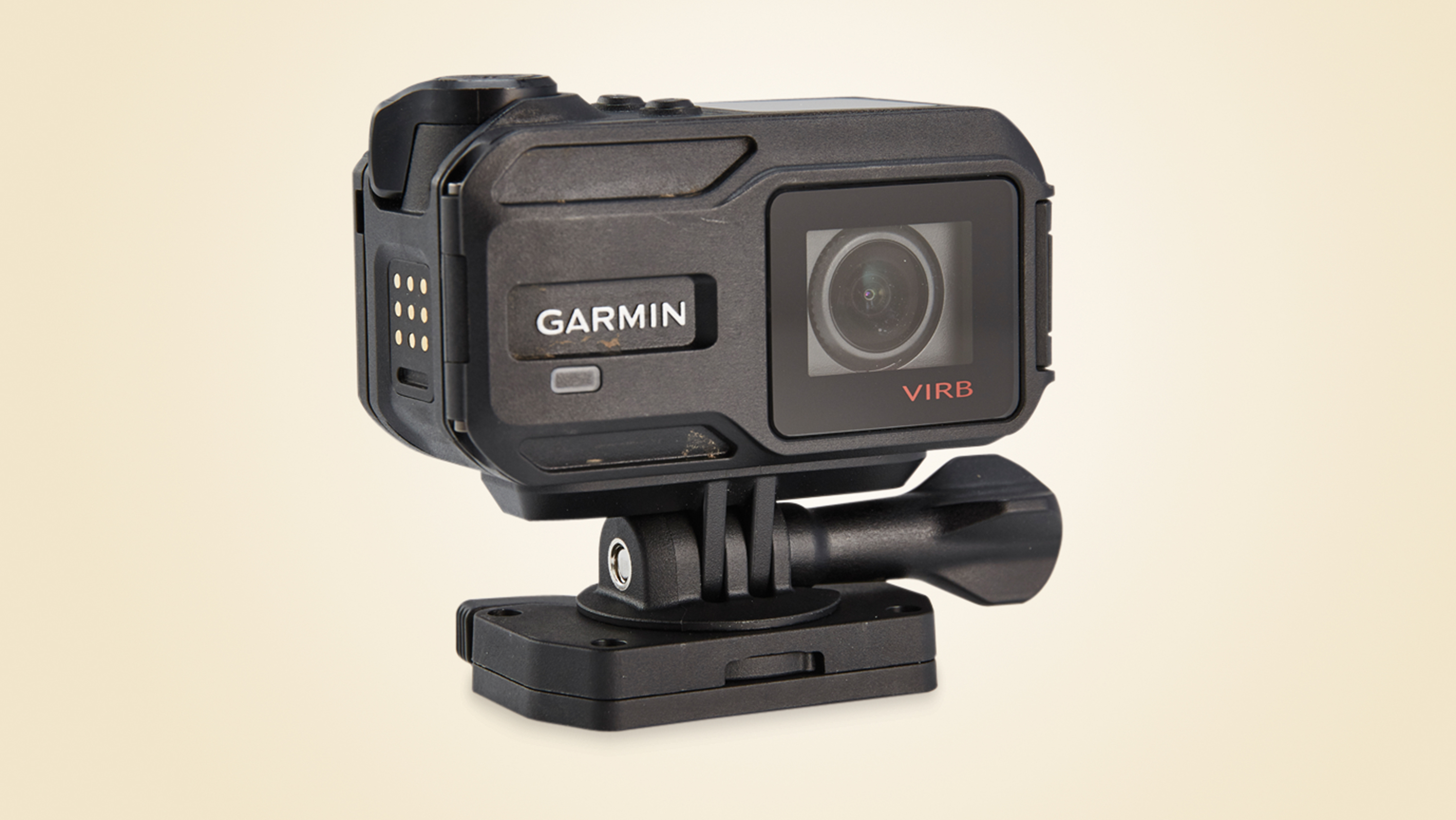
The original Garmin Virb introduced motion sensors and GPS tracking to action cameras, adding an extra element to capturing the action, like the TomTom Bandit. Building on the solid foundation of the original Virb, Garmin has revisited the design, losing the bullet shape and remodeling the camera around the popular ‘box’ style. This new shape makes chest mounting far easier and, as with the original, the build quality is excellent. The XE offers increased video quality, it’s waterproof without an additional case, features Wi-Fi along with compatible app and software, this all makes the Virb XE one of the best action cameras at present.
Read the full review: Garmin Virb XE
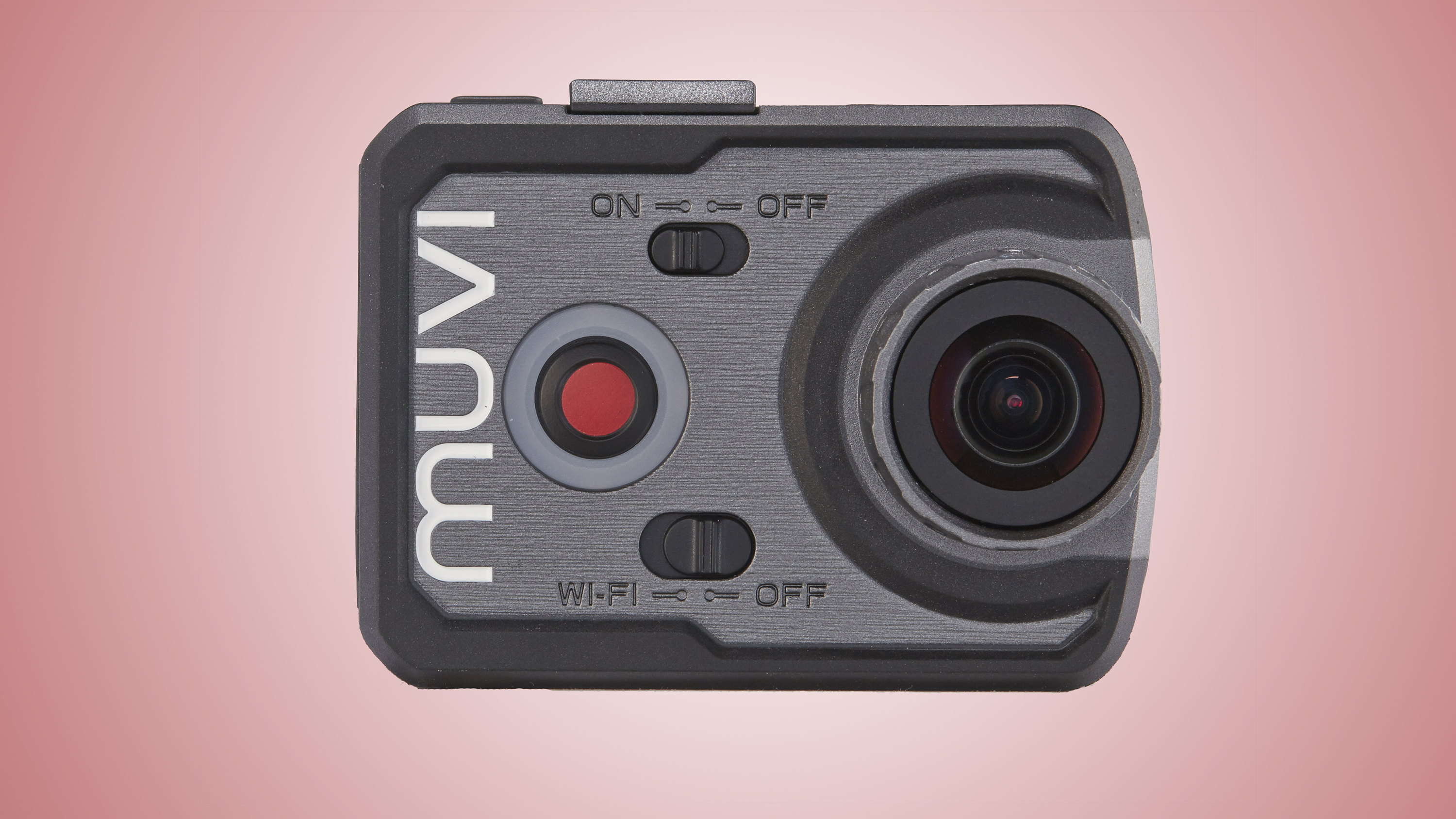
It’s not a familiar High Street brand, but UK-based Veho has put a great deal of effort into making sure that its Muvi range of action cameras is a major contender in this competitive action cam market. The box design and wealth of mounts included in the box is a great move. Its design and build show that it is made to withstand the action, and an ultra-tough dive case quotes a maximum depth of 100m – deeper than all the rest and far greater than we’re able to test.
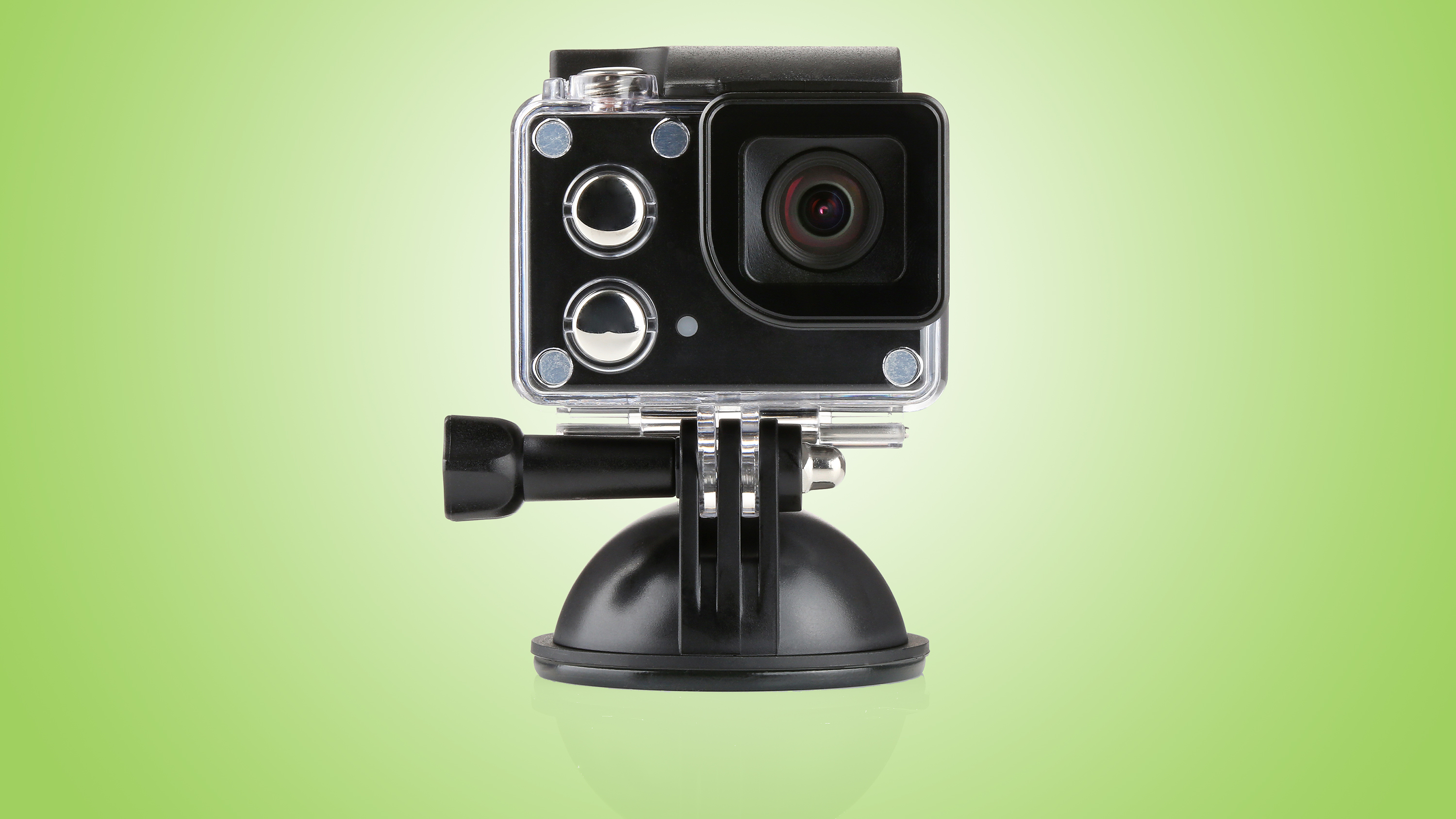
It has its limitations but the iSAW Edge is still an incredibly capable action camera at a price that defies its features. The spec sheet really does look too good to be true for the price, with 4K capture, 120fps slow motion at 720p and up to 60fps at 1080p. The design is similar to the GoPro Hero series and the 40m waterproof housing is fully compatible with the majority of GoPro mounts, but where the camera really wins confidence is in the quality of both the build and video. Footage is sharp clear and crisp and the overall design takes on board easy clean elements such as a flat, wipe-clean lens, that so many of the newer manufacturers totally overlook.
Read the full review: ISAW Edge
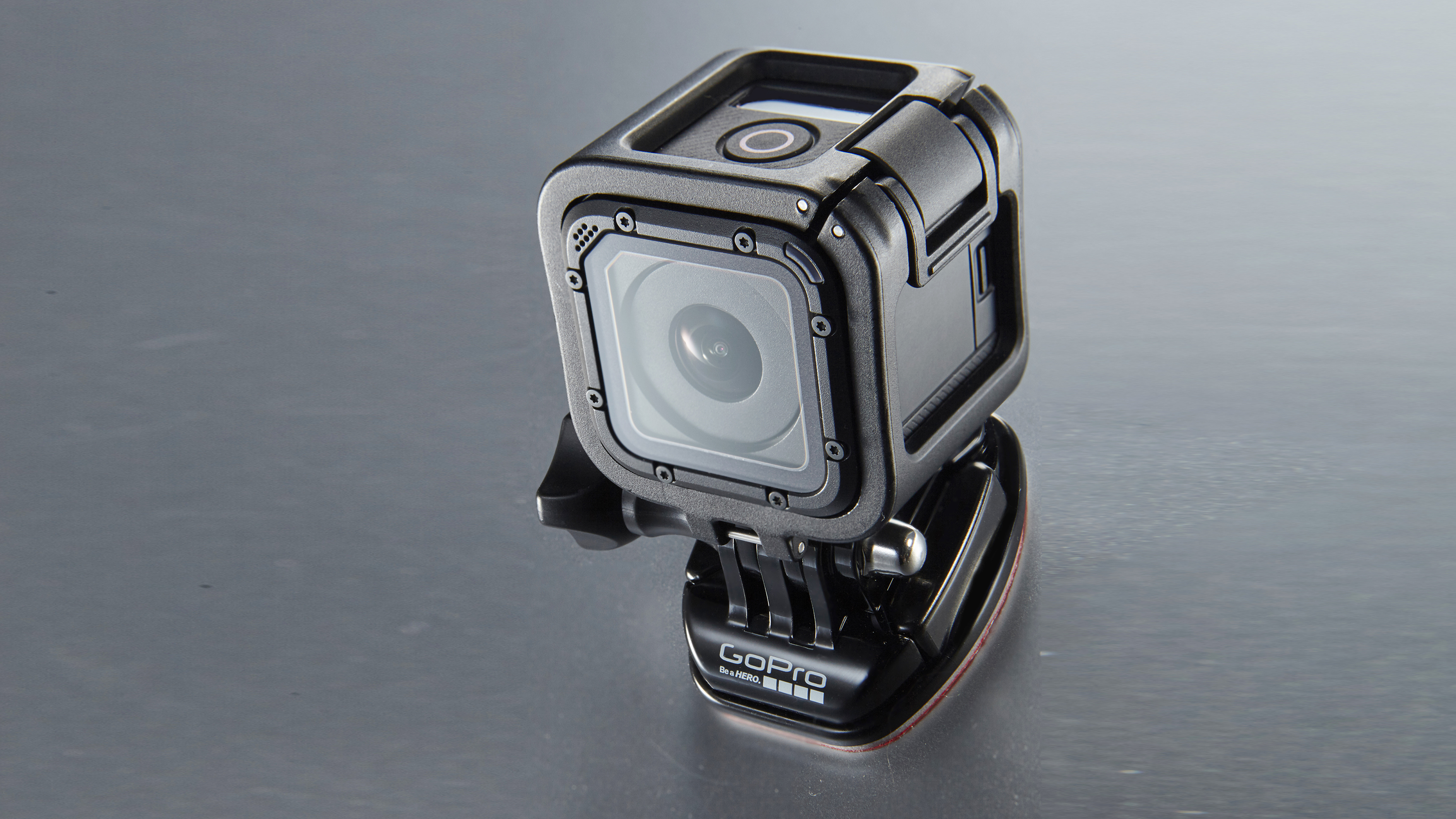
The Session is a welcome break from the standard GoPro design, and strips back the action camera concept to its basics – but the price does seem high for the video options available, which stops this moving further up our list. This is a camera designed as a perfect cube design harnessed within a skeleton frame. This design makes it incredibly easy to mount in any direction. The large Record button on the top starts and stops recording so there’s no worrying about different modes and options – that’s all handled by the app. The Session feels like a welcome return to the basics but still captures the quality of video that you’d expect from GoPro.
Read the full review: GoPro Hero4 Session
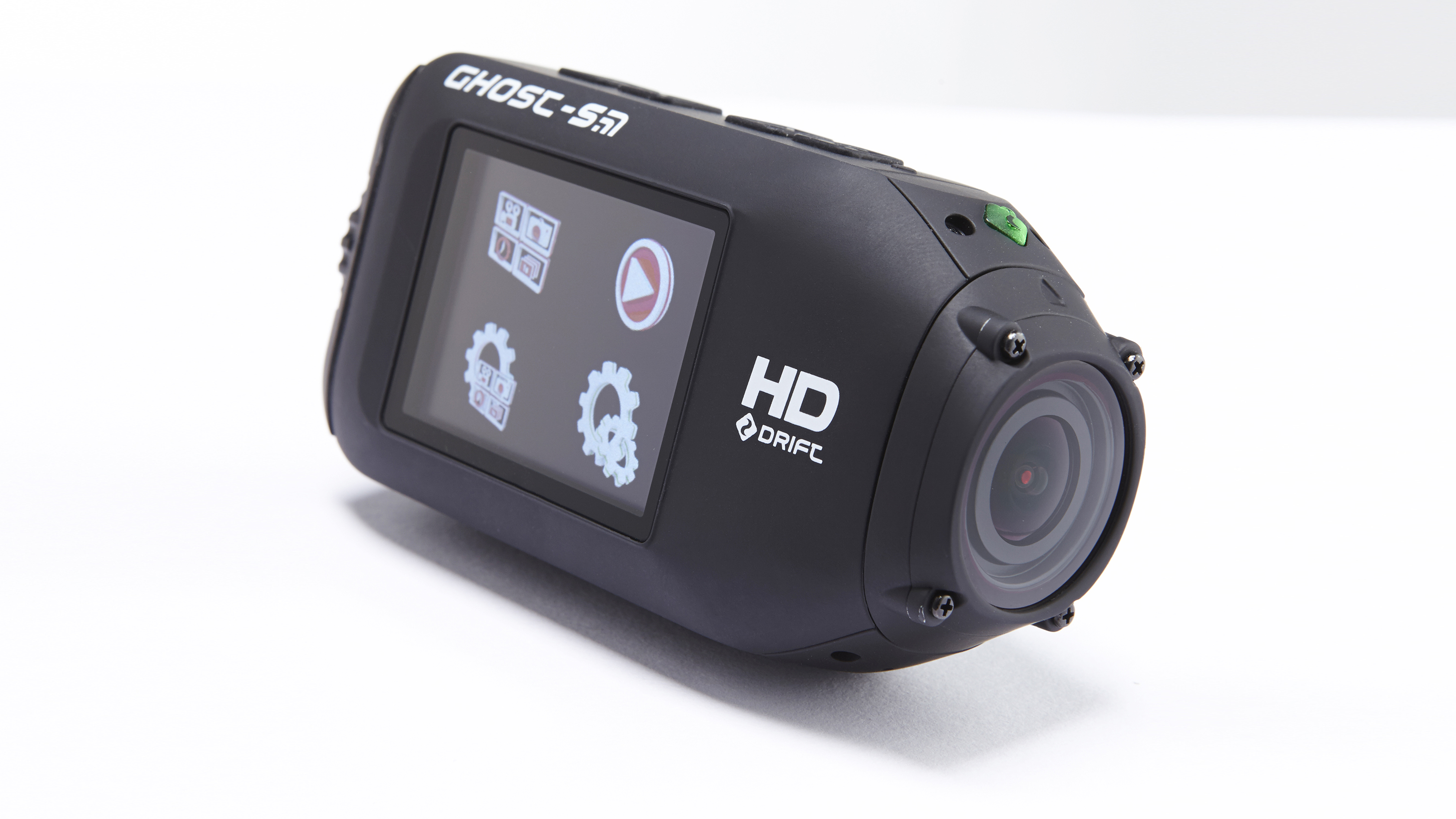
The Stealth 2 is an incredibly small action camera, making it an ideal choice for anyone wanting a helmet or vehicle mounted device. As with the larger Stealth-S, this compact version features a 300 degree rotating lens which enables the easy leveling of footage without the need for adjusting mounts. Despite the small size, the battery is good for a staggering 3 hours of life and enables easy charging through USB. Recording options are limited to a maximum of 1080p at 30fps, however, but there’s a good selection of lower resolutions with higher frame rates. The Stealth 2 is a lightweight yet robust action camera ideal for use in difficult to mount situations.
Read the full review: Drift Stealth 2
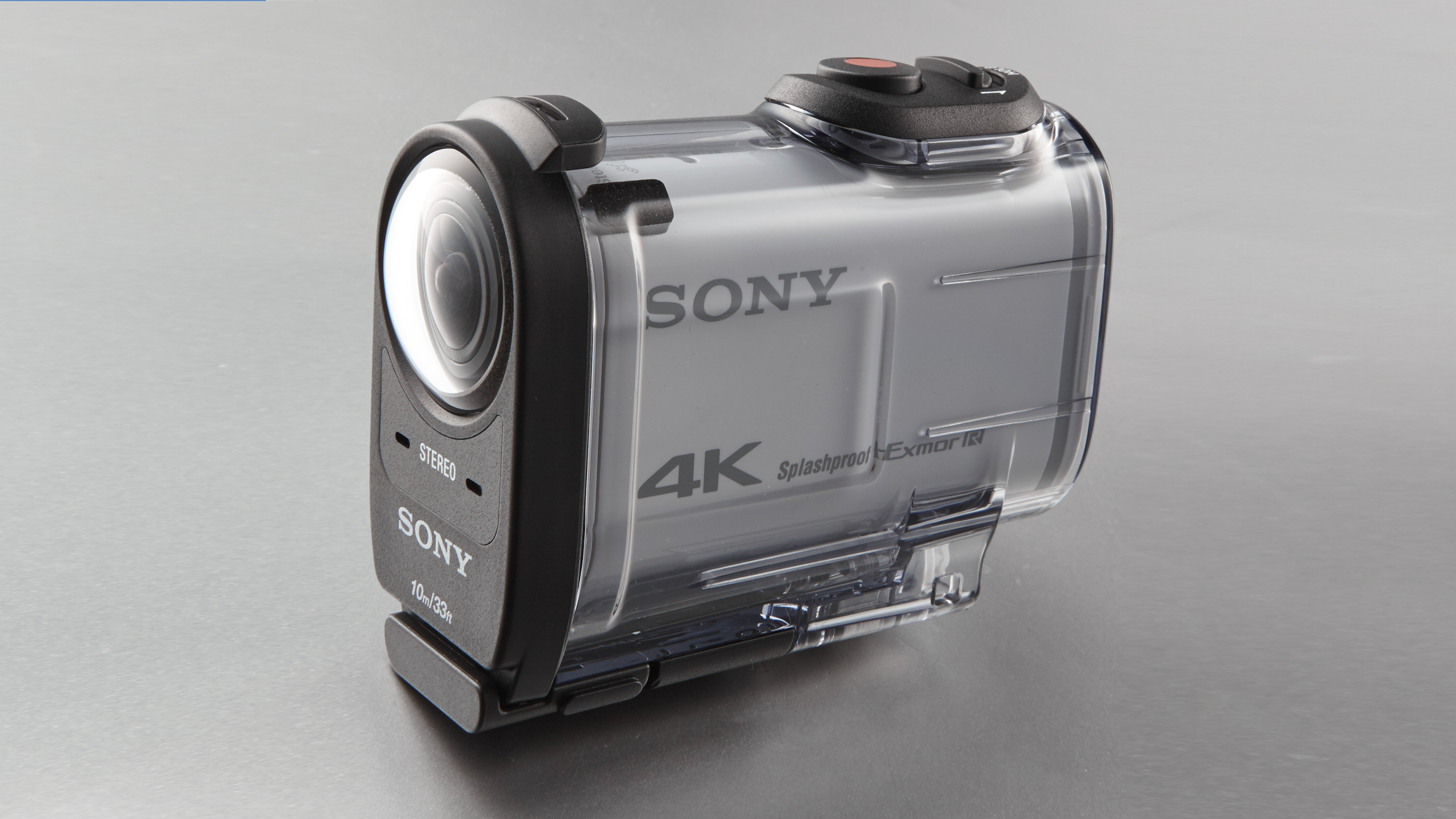
The X1000V demonstrates Sony’s long standing expertise in imaging. It offers outstanding visual quality with 4K video and full 1080p video at 120fps, so you can capture stunning large scale or slow motion footage. The only snag is that while many other cameras have adopted the GoPro mounting system, Sony has stuck to its own. However, this does lock solid and is of exceptional quality – and mount adapters for GoPro accessories are available if you need them. There is also the option to use the RM-LVR2, a wearable wrist live view remote that gives complete control over the camera and is a great accessory if you’re mounting the camera out of reach.